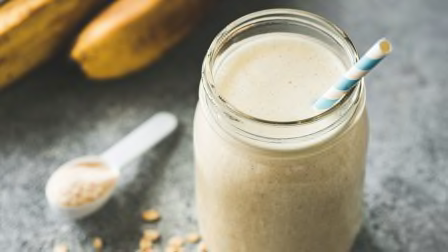How to Boost Your Fiber Intake
Break out of that brown rice rut—and reap more health benefits—with these interesting whole grains
Tired of hearing about the importance of getting more fiber in your diet? We get it. Whole-wheat bread and brown rice aren’t always the most exciting picks, and they can sometimes taste ho-hum.
But most of us could use a little nudge towards boosting our fiber intake. Less than 10 percent of adults in the U.S. meet the daily requirement for fiber. For women, that’s 28 grams between ages 19 to 30; 25 grams for those ages 31 to 50; and 22 grams over age 50. For men, it’s 34 grams between ages 19 to 30; 31 grams for those ages 31 to 50; and 28 grams over age 50.
Making the most of the whole grains you eat can go a long way toward closing the fiber gap. Plus, they serve up other key nutrients for your health, says Rachele Dependahl, a registered dietitian nutritionist at Cedars-Sinai in Los Angeles. There are interesting, delicious, and easy-to-prepare grains that you may not have tried yet.
Whole-Grain Health Perks
People tend to eat more refined grains, such as white bread and the white flour in baked goods, than products made from whole grains. But the process that makes these products soft and fluffy strips away the grain’s nutrient-rich layers, the bran and germ. “Much of the fiber, iron, and B vitamins are lost,” says Kate Patton, a registered dietitian with the Cleveland Clinic’s Center for Human Nutrition.
5 Fiber Superstars
You can add more variety to your meals—and boost your intake of fiber and other important nutrients—with these less-common whole grains. Each offers its own unique flavor, texture, and nutrition profile.
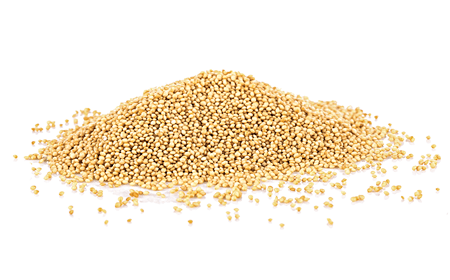
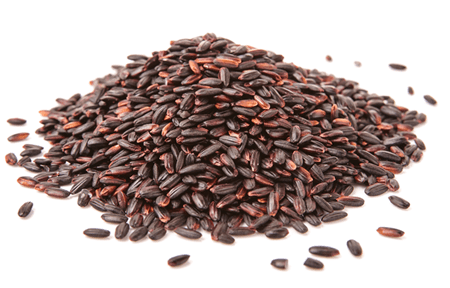
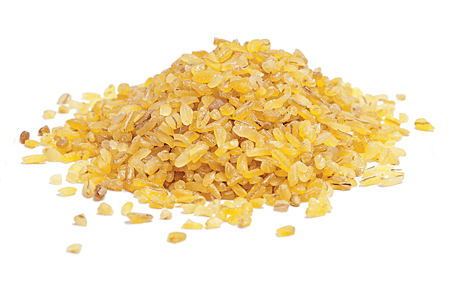
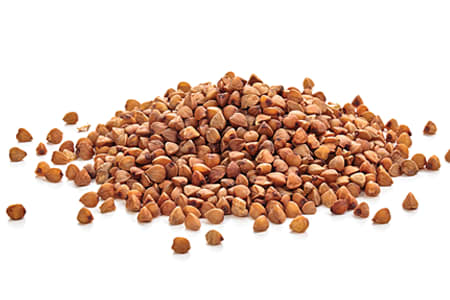
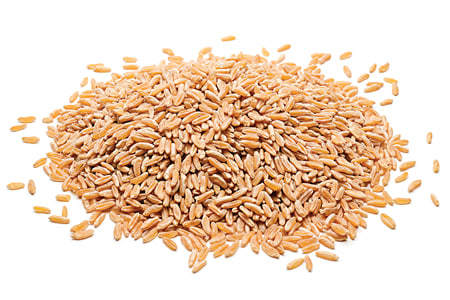
Editor’s Note: A version of this article also appeared in the May 2022 issue of Consumer Reports On Health.



















